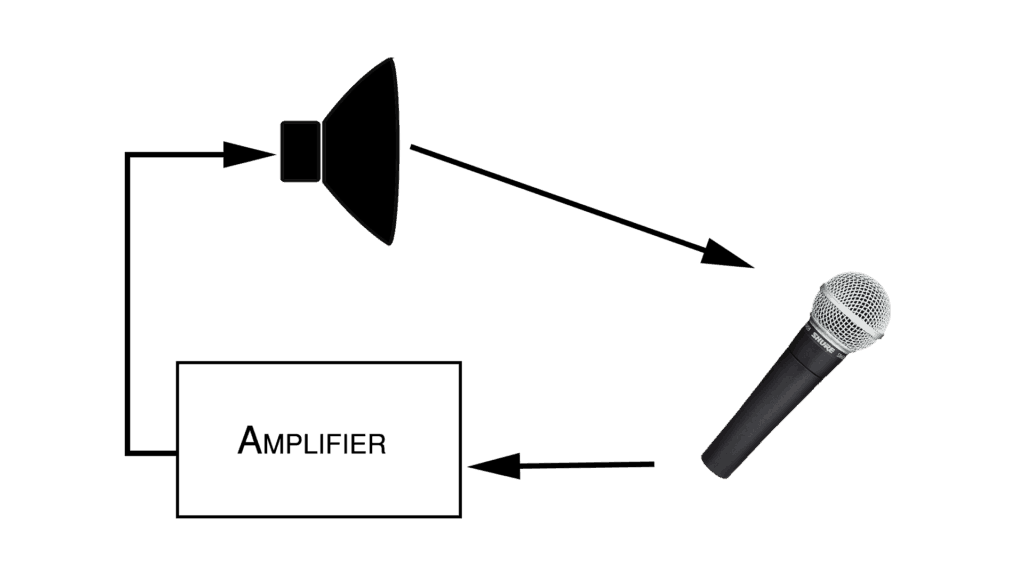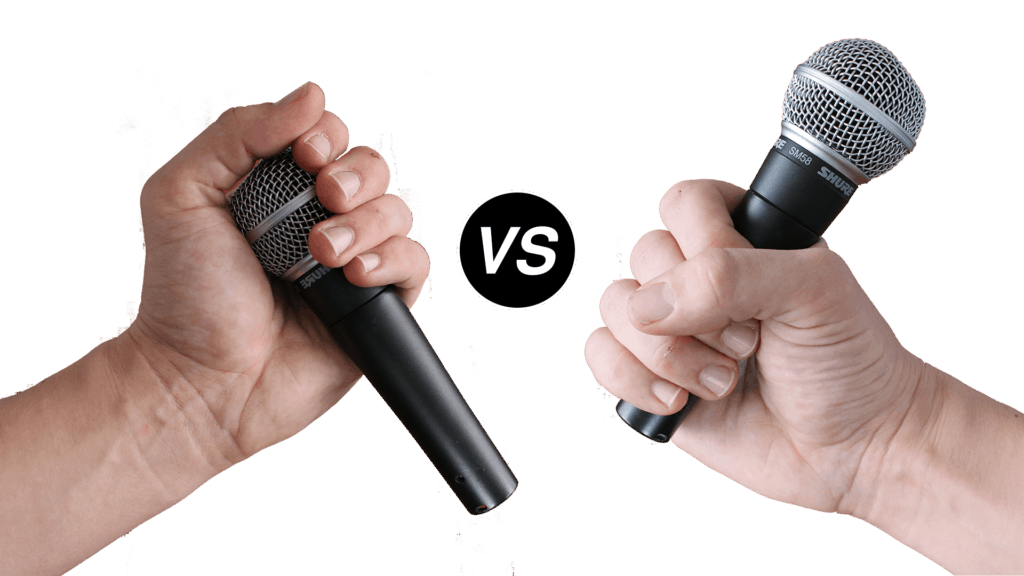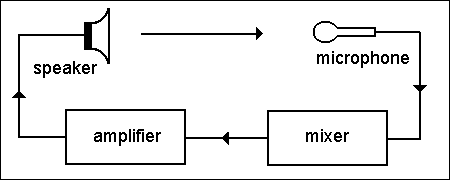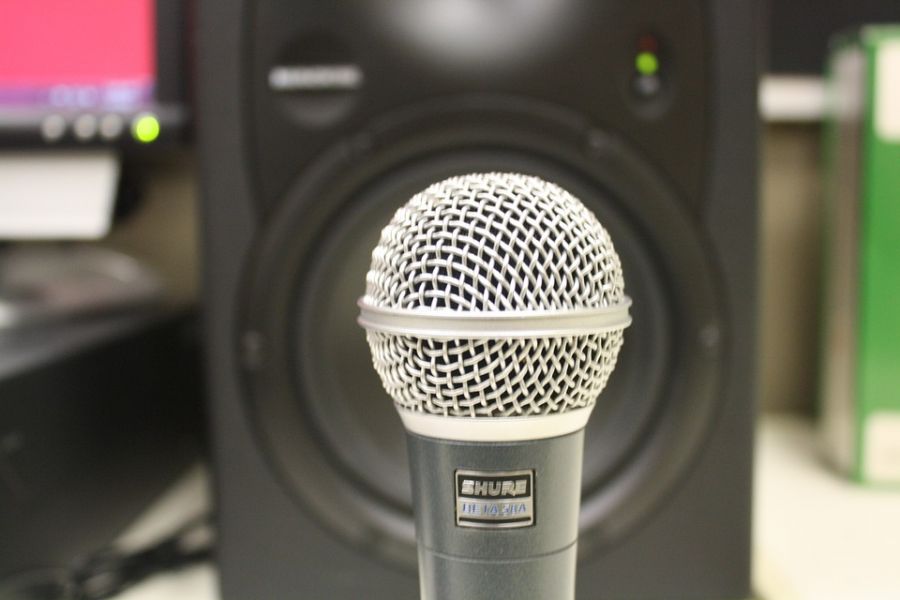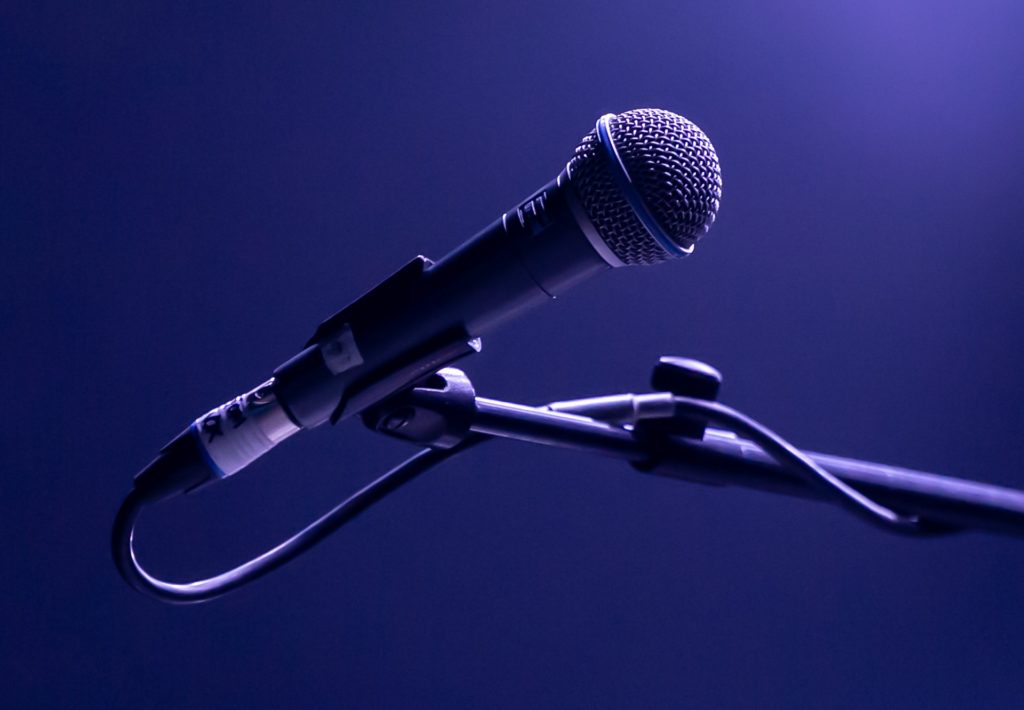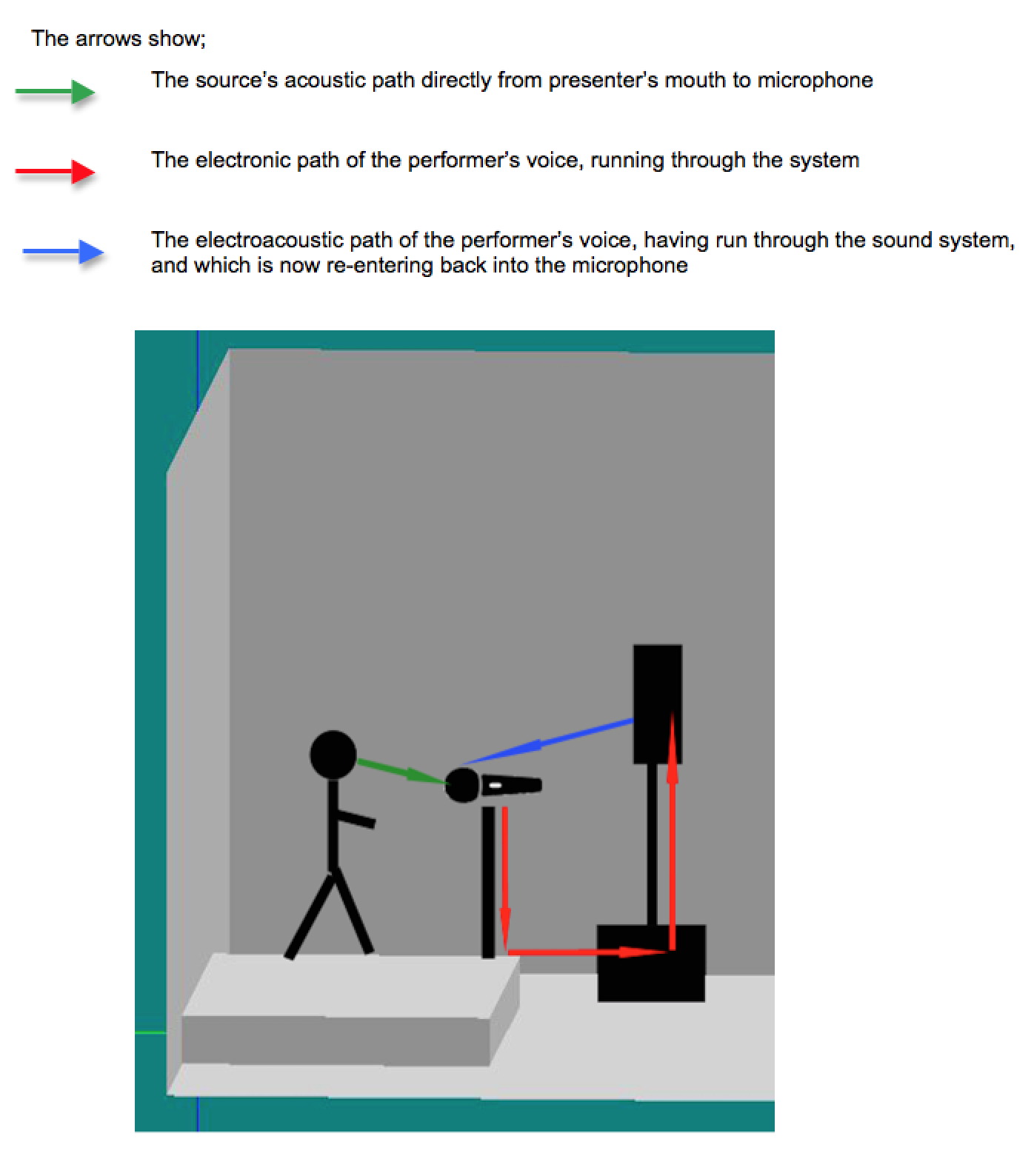Cool Tips About How To Avoid Microphone Feedback

This is a complete guide on how to prevent microphone feedback.
How to avoid microphone feedback. To do this, you need to minimize the amount of amplified that is sound coming out of the speaker and going back into the microphone. How can you eliminate mic feedback to prevent the squealing, howling, or screeching sound of feedback from ruining your live. Understanding your microphone’s characteristics the best thing to do when it comes to avoiding microphone.
To mute the microphone input in the volume control applet, follow the steps below:. Open the hardware and sound setting. Feedback can occur any time a microphone can hear 'itself' being amplified by the speaker.
Three effective tips for eliminating mic feedback 1. You may be able to reduce or eliminate the feedback you are hearing by trying the following steps in windows 7: This week our audio solutions team tackles microphone feedback and how it can be prevented.
Do not cup the mic; Placing a microphone too far away from a sound source, too close to a speaker, tapping a microphone or turning the volume up too high are the most common ways to create. I go through step by step how feedback works, speaker placement, the difference in microphone.
Reduce the gain of the microphone preamplifier and power amplifier. How do you prevent microphone feedback? The solution to help reduce the occurrence of feedback, place all open microphones behind the loudspeakers, making sure that there is enough distance between the mic and the speakers.
Use floor monitors to avoid microphone feedback; Mute the microphone input in the volume control applet. Placing a mic to the side of a loudspeaker is another potential reason for feedback because sound can bounce back and forth until it reenters the sound system through a microphone.




